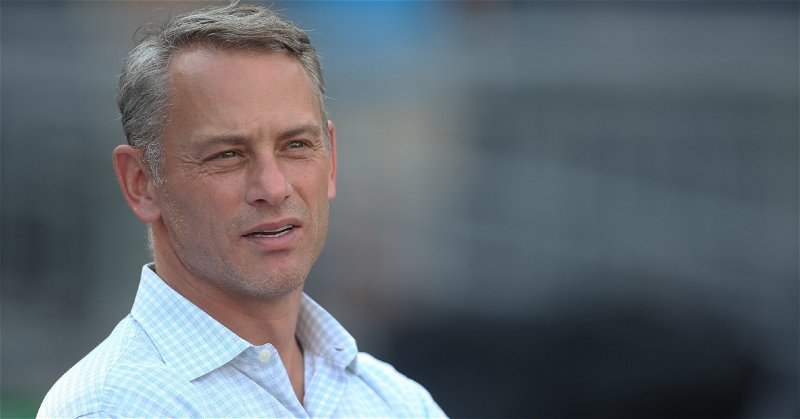
Commentary: Jed Hoyer didn't do enough at trade deadline |
The Cubs had a season many would have taken at the beginning of the year if laid out in front of them as a success. However, the way it played left many fans and organization members alike questioning what could have or maybe should have been if the last month of the season had gone differently.
The Cubs finished above .500 in an entire season for the first time since 2019. They finished 2nd place in the NL Central and were in the playoff hunt down the stretch. They had three All-Stars, a few excellent rookie contributions, several gold glove finalists, and players that will receive votes for NL Cy Young, NL MVP and Manager of the Year. However, the Cubs saw a greater than 90% chance of making the playoffs slip through the cracks with a 7-15 end to September. The 2023 Cubs will mostly be remembered thanks to their incredible run to avoid selling at the trade deadline. Most of the month, July had the media jockeying their views on what the Cubs would do at the end of the month. The Cubs had some solid individual performances working in their favor but were not seeing many results in the win column. This led many to believe that the Cubs were ticketed to sell at the deadline for the third consecutive season, with some chunky returns coming for some of their assets. However, an eight-game winning streak and a stretch of winning 10-of-11 changed Jed Hoyer’s plans, and the Cubs became buyers at the trade deadline. The Cubs acquired relief pitcher Jose Cuas from the Royals in exchange for Nelson Velasquez. They traded for Jeimer Candelario from the Nationals and gave up pitcher DJ Sherz and Kevin Made. There was not a ton at the top of the market, and the Cubs made their splash. It was a tricky spot for Jed Hoyer at the deadline. You want to try and make your team better, but you sit 5.0 games out of a playoff spot and have a robust farm system for the first time in years — you do not want to sacrifice too much of the future on rental players during a season where you may still be a year or two away from truly contending. At the time, it appeared Hoyer definitely strengthened the current team and also did not sacrifice a large portion of the future. However, hindsight is 20/20, and it appeared evident that Jed Hoyer did not do enough at the deadline. At the time, the Cubs pitching staff was rolling. However, the next two months of the season featured injuries to Marcus Stroman, Adbert Alzolay, Michael Fulmer, and Brad Boxberger on the pitching staff — as well as Nick Madrigal, Nico Hoerner, and Jeimer Candelario on the offensive side of things. What the Cubs lacked was depth. Javier Assad and Jordan Wicks filled in admirably to the rotation, but the backfill of all three injuries was too much for the Cubs to withstand. Mark Leiter Jr. and Julian Merryweather got overlooked — forcing Drew Smyly and Jose Cuas into situations they were not used to. The Cubs did not have enough competitive, reliable arms to handle their plethora of high-leverage opportunities late in the season, which caused a limp to the finish line. Had the Cubs stayed healthy, or had Jed Hoyer acquired more pitching depth at the trade deadline, perhaps the Cubs could have been playing deep into October like the Arizona Diamondbacks (who took six of seven from the Cubs in September and are a large reason they missed the playoffs.) Of course, it would be impossible to foresee all of those injuries and the looming collapse — but what Hoyer needs to learn sooner rather than later is that you can never have enough pitching. And while the Cubs, finally, for once, have a plethora of young pitching and talent in the farm system — major league experience, especially in high leverage, can not be overstated.

